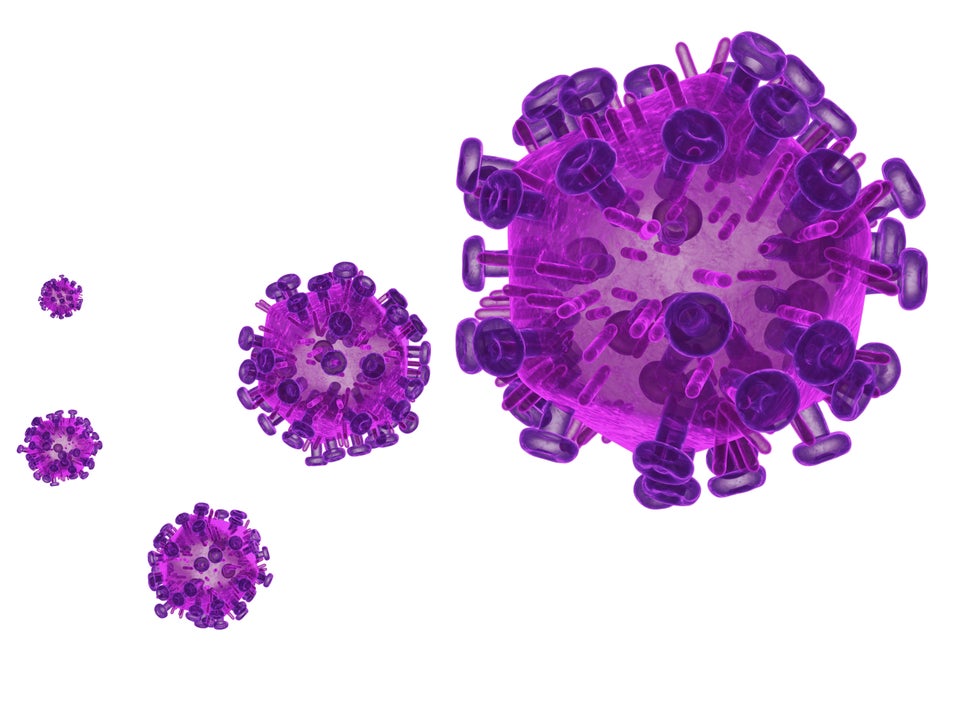* 2.3 percent of those tested were infected
* Nearly half of those infected had never been tested
March 14 (Reuters) - Some 2.3 percent of 8,500 poor heterosexuals living in cities with high rates of HIV infection tested positive for the virus that causes AIDS, and nearly half of those who were infected said they had never had an HIV test before the study, U.S. health officials said on Thursday.
The findings by the U.S. Centers for Disease Control and Prevention underscore the links between poverty and HIV infection in the United States, where up to 44 percent of new infections are clustered in 12 major cities, including Chicago, Washington, New York and Los Angeles.
The study, published in the CDC's Mortality and Morbidity Weekly Report, involved a sampling of nearly 8,500 heterosexuals in 21 cities.
For the study, researchers analyzed 2010 data on heterosexuals in areas with a high AIDS burden who were considered to have low-socioeconomic status, which they defined as having an income below the federal poverty level or no more than a high school education.
More than 70 percent of participants were African American.
Of those tested, 197, or 2.3 percent, were infected with HIV, with highest rates of infection occurring among blacks, those who reported using crack cocaine or those who exchanged sex for money or drugs.
Education and income made a difference as well, with higher infection rates reported among people who did not have a high school diploma or those with annual household incomes of less than $10,000. Infection rates were highest among study participants in the Northeast and South.
Overall, 25.8 percent of the study participants had never been tested for HIV.
The CDC said the findings make clear the need for HIV prevention efforts that address this population's specific needs, as well as efforts that link infected individuals to care.
Prior studies have shown that certain groups of HIV patients - the poor, minorities, women and drug users - tended to have worse outcomes and die earlier. But programs that help address barriers to care, such as transportation to clinics or providing housing to homeless individuals, can help people live longer and reduce HIV transmission.
According to the CDC, 1.2 million Americans have HIV, and 1 in 5 U.S. adults with HIV do not know they are infected.
(Reporting by Julie Steenhuysen; Editing by Vicki Allen)
Support HuffPost
Our 2024 Coverage Needs You
Your Loyalty Means The World To Us
At HuffPost, we believe that everyone needs high-quality journalism, but we understand that not everyone can afford to pay for expensive news subscriptions. That is why we are committed to providing deeply reported, carefully fact-checked news that is freely accessible to everyone.
Whether you come to HuffPost for updates on the 2024 presidential race, hard-hitting investigations into critical issues facing our country today, or trending stories that make you laugh, we appreciate you. The truth is, news costs money to produce, and we are proud that we have never put our stories behind an expensive paywall.
Would you join us to help keep our stories free for all? Your contribution of as little as $2 will go a long way.
Can't afford to donate? Support HuffPost by creating a free account and log in while you read.
As Americans head to the polls in 2024, the very future of our country is at stake. At HuffPost, we believe that a free press is critical to creating well-informed voters. That's why our journalism is free for everyone, even though other newsrooms retreat behind expensive paywalls.
Our journalists will continue to cover the twists and turns during this historic presidential election. With your help, we'll bring you hard-hitting investigations, well-researched analysis and timely takes you can't find elsewhere. Reporting in this current political climate is a responsibility we do not take lightly, and we thank you for your support.
Contribute as little as $2 to keep our news free for all.
Can't afford to donate? Support HuffPost by creating a free account and log in while you read.
Dear HuffPost Reader
Thank you for your past contribution to HuffPost. We are sincerely grateful for readers like you who help us ensure that we can keep our journalism free for everyone.
The stakes are high this year, and our 2024 coverage could use continued support. Would you consider becoming a regular HuffPost contributor?
Dear HuffPost Reader
Thank you for your past contribution to HuffPost. We are sincerely grateful for readers like you who help us ensure that we can keep our journalism free for everyone.
The stakes are high this year, and our 2024 coverage could use continued support. If circumstances have changed since you last contributed, we hope you’ll consider contributing to HuffPost once more.
Already contributed? Log in to hide these messages.


